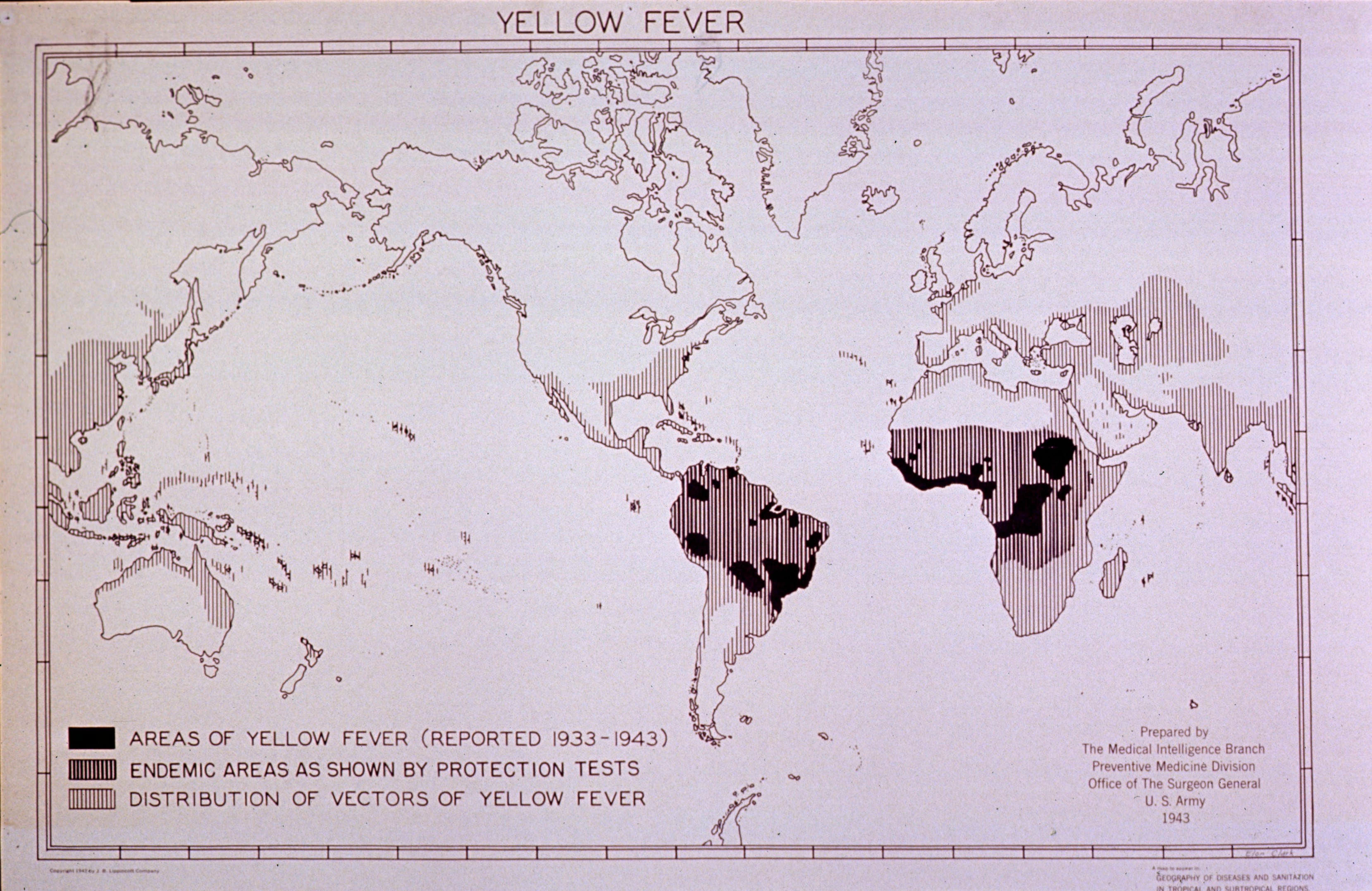...
| Dive | ||||||||||||||||||||||
|---|---|---|---|---|---|---|---|---|---|---|---|---|---|---|---|---|---|---|---|---|---|---|
| ||||||||||||||||||||||
|
The Rockefeller Institute continued their work on yellow fever back in New York; it was highly dangerous work. The Rockefeller vaccine was used in the United States and England. At the same time, the Pasteur Institute in Tunis developed a one-dose vaccine (usually combined with smallpox), and it was used in France and their African colonies. The French vaccine was given by scarification (scratching into the skin). It risked febrile and central nervous system reactions but could be done in mass.
...
| Dive | ||||||||||||||||||||
|---|---|---|---|---|---|---|---|---|---|---|---|---|---|---|---|---|---|---|---|---|
| ||||||||||||||||||||
|



